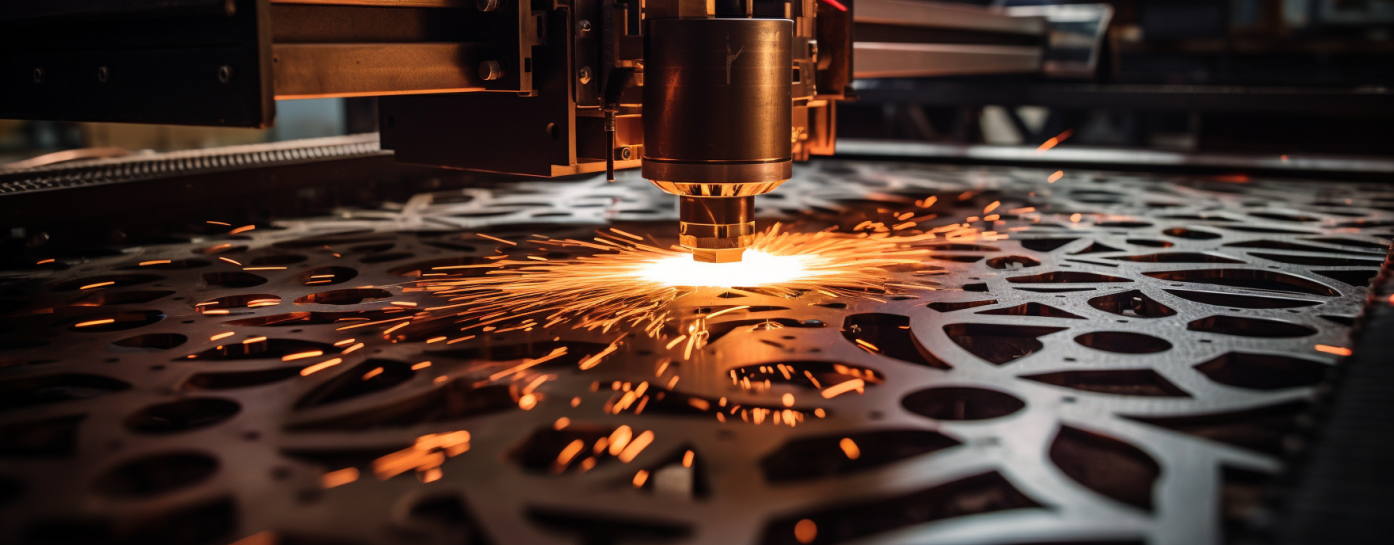In the realm of sheet metal fabrication, few technologies match the precision and versatility of sheet metal laser cutting. This cutting-edge process has become a cornerstone in manufacturing, offering a transformative way to shape and sculpt metal sheets with unparalleled accuracy and efficiency.

At its core, sheet metal laser cutting employs a high-powered laser beam focused on a specific point to melt, burn, or vaporize metal sheets. The concentrated energy of the laser beam ensures a clean, precise cut, allowing for intricate designs and detailed shapes. This technology is particularly adept at handling various materials, including steel, aluminum, brass, and copper.
Precision and Accuracy:
Sheet metal laser cutting is renowned for its exceptional precision. It can achieve intricate cuts with tolerances measured in fractions of a millimeter.
This accuracy makes it an ideal choice for industries where precision is paramount, such as aerospace and electronics.
Versatility:
The versatility of sheet metal laser cutting is a key factor in its widespread adoption. It can cut through a wide range of materials and thicknesses, offering flexibility in material selection for diverse applications.
The ability to cut complex shapes and patterns makes it invaluable for creating customized components.
Speed and Efficiency:
Laser cutting is a high-speed process, contributing to the efficiency of the overall fabrication workflow.
Rapid production is particularly beneficial for industries with high-volume demands, ensuring timely delivery of components.
Minimal Material Waste:
Traditional cutting methods often result in significant material waste. Sheet metal laser cutting minimizes waste by creating precise cuts, optimizing material usage, and reducing the need for secondary processing.
Automation and Computer Control:
Automation plays a pivotal role in sheet metal laser cutting. Computer Numerical Control (CNC) systems precisely control the movement of the laser beam, allowing for seamless integration with digital design files.
This level of automation enhances efficiency and ensures consistency in the custom sheet metal fabrication process.
The applications of sheet metal laser cutting are vast and varied:
Aerospace: Creating intricate components for aircraft and spacecraft.
Electronics: Producing precision parts for electronic devices.
Automotive: Crafting customized car panels, brackets, and components.
Architectural: Designing decorative elements and structural components.
While sheet metal laser cutting is a highly advanced technology, it does come with certain challenges:
l Initial Investment: Acquiring and maintaining laser cutting equipment can involve a significant upfront cost.
l Material Limitations: While suitable for a broad range of materials, certain highly reflective materials may pose challenges due to the reflection of the laser beam.
As technology continues to advance, sheet metal laser cutting is likely to see further refinement and integration with other fabrication processes. Its ability to provide unparalleled precision and accommodate various materials positions it as a critical technology in the ever-evolving landscape of sheet metal fabrication.